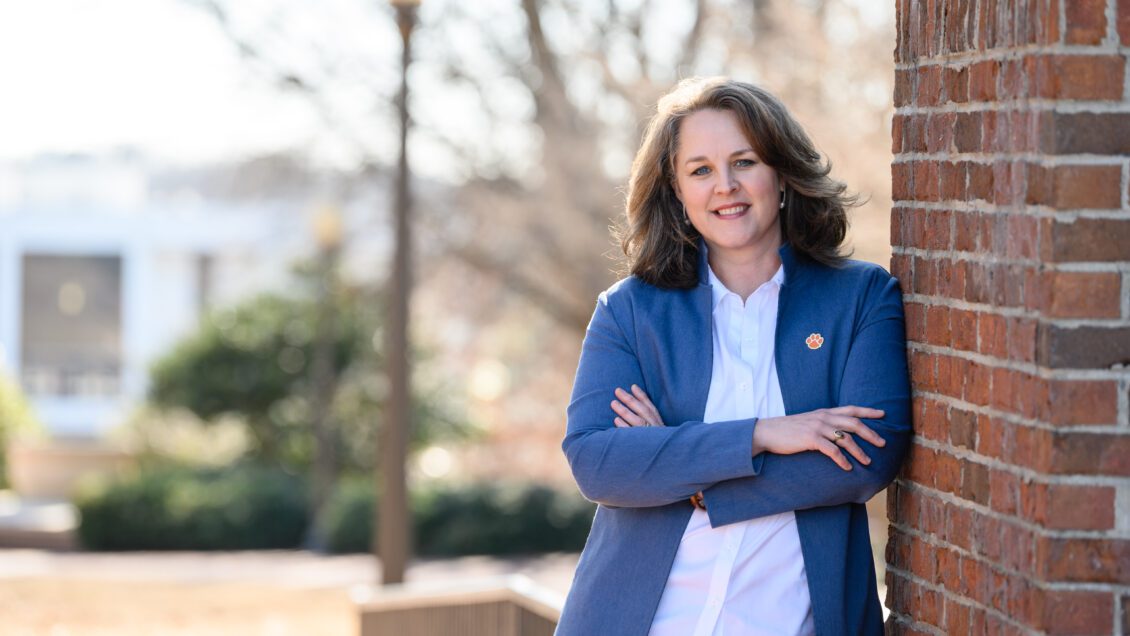It has been a little over a month since Clemson announced its commitment to the well-being of students, faculty, staff and community members when it appointed me as the university’s first chief well-being officer. As a Clemson grad, the job is a lifetime dream. I bleed orange.
But, as a health and wellness professional, the job also signals that organizations that value excellence see how important health and wellness is to their success. Organizations do not just hire chief well-being officers because it sounds good. There is usually capital, strategy and commitment that go hand in hand with the decision to move toward a culture of well-being. I am truly honored and excited to lead this effort. When we talk about well-being, we often talk about the individual’s personal understanding of wellness and what it means to them. For me, my well-being is tied to a sense of purpose, commitment and service that this job embodies. I know we will do great things together to advance wellness for our entire community.
So, what have I been doing to get that process started? One month in, I have been meeting, meeting, meeting with people. That roster includes staff, faculty, students, deans, leaders and executives who are committed to a better Clemson University. I have been conducting a landscape analysis and thematic assessment about various perceptions regarding well-being for Clemson that I hope to share through these blogs. My goal is to communicate to our Clemson Family, “What’s up with wellness.”
As a part of that thematic assessment, I have been asking the same four questions to every person I meet with. Those questions are:
- What is wellness or well-being to you as an individual?
- What is Clemson doing well regarding well-being?
- What is Clemson not doing well regarding well-being?
- If you were chief well-being officer for the day, and President Clements authorized you to do any one thing to advance Clemson well-being, what would you do?
While I am far from done with completing my assessment, I want to share my thoughts on the first question, “What is wellness or well-being?” Having worked in this profession for over 25 years, it is not surprising to me that most people struggled to find the right words to describe well-being. It’s a deeply personal experience many of us intuitively understand (and we understand when we are not well) but have difficulty articulating.
While no two definitions were the same, there were similarities shared throughout. Most people understand well-being and wellness as dynamic, holistic and multi-dimensional. We have a shared lexicon that includes wellness as more than just physical, but also mental, spiritual, financial, social, environmental and work-life-academic balance, among others.
At Clemson, the well-being initiative committee adopted our definition of well-being as “an optimal and dynamic state that allows people to achieve their full potential.” It is very clear at all levels of our community that well-being is valued by individuals. This is important, because for us to truly advance a culture of well-being throughout Clemson, we will all have a part to play. I invite you to think about what well-being means to you and how we can make a difference in the lives of students, faculty, staff and community members in their personal well-being. I cannot wait to work with you all to achieve this goal. Go Tigers!
~Anna

